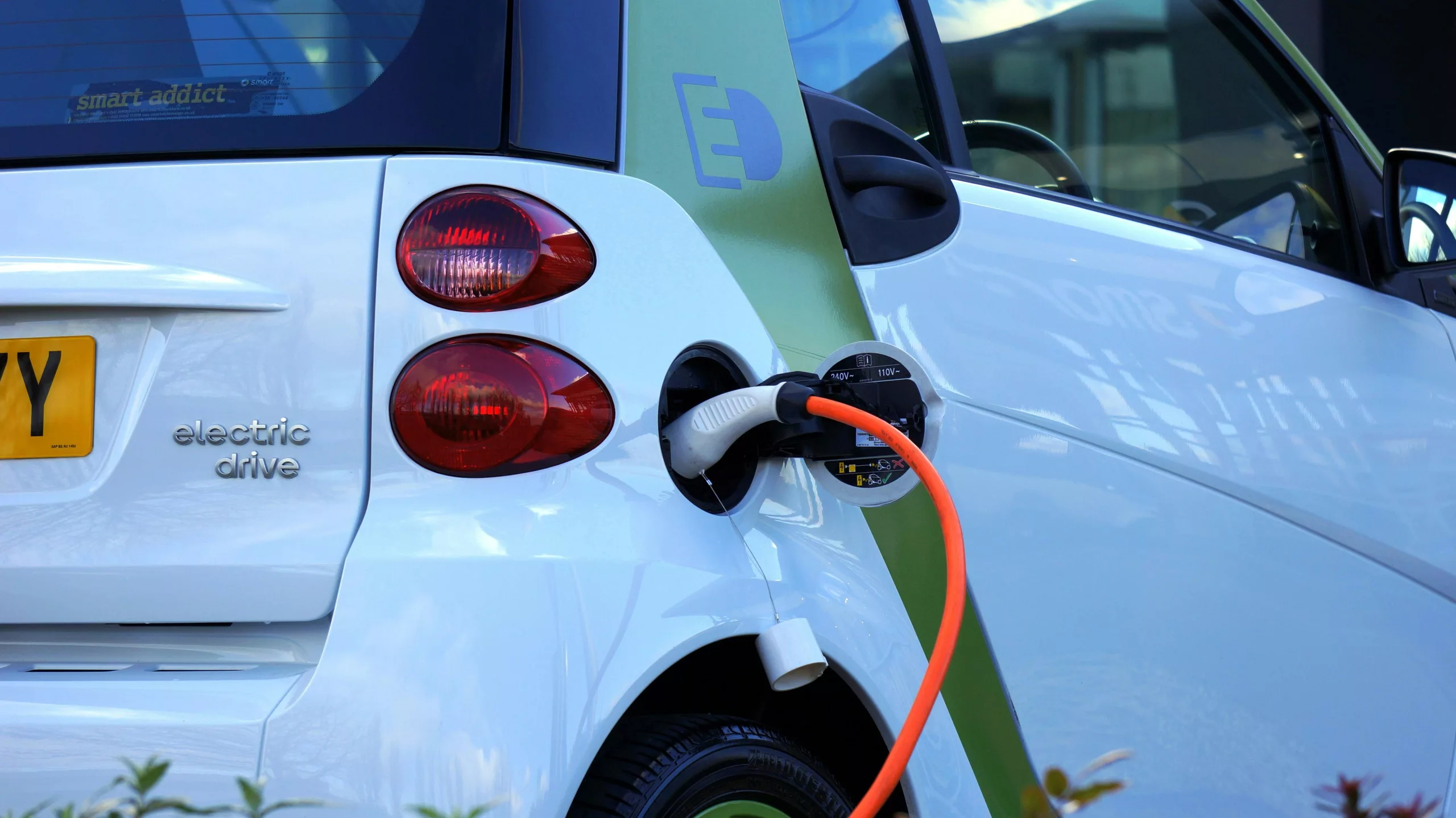The quest to secure a reliable domestic source of lithium for electric vehicle (EV) batteries is transforming the manufacturing landscape in the United States. One of the most significant challenges has been the lack of a solid lithium supply chain, prompting the US Department of Energy (DoE) to lend its support to innovative solutions like extracting lithium from geothermal brine.
Tracing the Lithium Legacy in the United States
Historically, the US was at the forefront of lithium production and utilization. Industries spanning from metallurgy to pharmaceuticals relied heavily on lithium, with its contributions even extending to the beverage industry, notably within the original formulation of the soft drink 7-Up. Although health concerns eliminated lithium from the soft drink’s recipe by 1948, the demand for the element continued to rise across various sectors, particularly with the advent of lithium-ion batteries for EVs.
Ironically, the boom in EV adoption occurred as the US’s lithium mining operations had significantly diminished, leaving the Silver Peak mine in Nevada, established in the 1960s, as the country’s sole active lithium mine. With the dip in domestic mining, the US, like other nations, has relied on international suppliers from countries such as Australia, Chile, China, and Argentina for lithium imports, despite having substantial untapped reserves within its own borders.
The Push for Sustainable Lithium Extraction
The presence of abundant lithium reserves in states like Arkansas, California, Nevada, North Carolina, Utah, and a notable discovery in Maine, does not translate easily into active mining. The impact on local communities and environments poses a significant barrier. Proposed mining projects face opposition from tribes concerned about culturally significant sites, as seen with the Summit Lake Paiute Tribe’s legal challenges, and from local residents worried about environmental degradation.
To circumvent these issues and support the burgeoning demand for EV batteries, the DoE has turned its attention to the potential of geothermal brine as a less intrusive source of lithium. The process of Direct Lithium Extraction (DLE) involves minimal surface disruption compared to traditional mining methods and aims to minimize the environmental footprint associated with lithium production.
Despite DLE not being an entirely new concept, having first emerged in the 1980s, it has taken decades to refine the process for commercial viability. Now, pioneering companies like Controlled Thermal Resources, Lilac Solutions, and EnergyX are showcasing the practical applications of DLE technology, promising a more sustainable path forward for lithium production.
The Geothermal Brine Opportunity at the Salton Sea
An area of concentrated DLE activity is California’s Salton Sea. The DoE’s Lawrence Berkeley National Laboratory recently quantified the vast potential of this region, revealing that DLE could enable the production of lithium sufficient for millions of EV batteries. The Salton Sea is already home to geothermal power plants, presenting an attractive synergy for co-locating DLE operations.
With an existing geothermal capacity of 400 megawatts and an estimated potential for up to 2,950 megawatts, the Salton Sea is poised to be more than just a power generation hub. The DoE highlights the dual benefits of coupling renewable electricity generation with domestic lithium production through DLE, signaling a major leap forward for the energy and automotive sectors.
Shaping the Future of Lithium and Electric Vehicles
The emergence of DLE technology has even captured the interest of industry giants like ExxonMobil, which, despite its earlier reticence, is now pivoting towards lithium production. Though ExxonMobil’s ambitions to tap into DLE may seem modest against the backdrop of the rapidly scaling global EV market, the implications of such industry adoption are significant.
The International Energy Agency underscores the incredible pace at which the EV market is growing, with projections of EVs making up a substantial margin of global car sales in the coming years. As this segment continues to expand, the need for lithium and innovative approaches to its supply, such as DLE, becomes ever more critical.
While still in its early stages, the move towards DLE could be more than just a strategic initiative—it could well define a new era in sustainable resource management and vehicle electrification.
